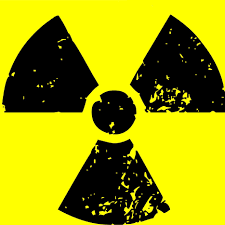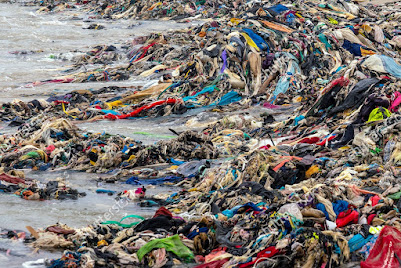Water Scarcity
Title: Understanding the Global Water Scarcity Crisis: A Looming Threat
Water, the essence of life, is increasingly becoming a scarce resource around the world. While our planet is predominantly covered in water, only a fraction of it is freshwater suitable for human use. With growing populations, urbanization, industrialization, and climate change, the strain on available freshwater sources is intensifying, leading to a global water scarcity crisis.
The Scope of the Crisis
According to the United Nations, over 2 billion people worldwide live in countries experiencing high water stress. This stress is exacerbated by factors such as inefficient water management practices, pollution, over-extraction of groundwater, and uneven distribution of water resources. Regions already grappling with water scarcity include parts of the Middle East, North Africa, India, China, and even certain areas in the United States.
Causes of Water Scarcity
1. Climate Change: Altered precipitation patterns, melting glaciers, and rising temperatures are disrupting the water cycle, leading to irregularities in water availability.
2. Population Growth: The global population is expected to reach nearly 10 billion by 2050, placing immense pressure on water resources for drinking, sanitation, agriculture, and industry.
3. Urbanization: Rapid urbanization leads to increased water demand for domestic and industrial use, often outpacing the capacity of existing infrastructure.
4. Industrial and Agricultural Practices: Industries and agriculture are major consumers of water. Practices like inefficient irrigation techniques and water-intensive manufacturing processes contribute to water scarcity.
5. Pollution: Contamination of water sources through industrial discharge, agricultural runoff, and improper waste disposal renders water unusable, further reducing available freshwater.
Impacts of Water Scarcity
1. Health Concerns: Inadequate access to clean water and sanitation facilities results in waterborne diseases, posing serious health risks, particularly in developing countries.
2. Food Insecurity: Agriculture, heavily reliant on water, suffers when water availability is limited. Crop failures and reduced yields lead to food shortages and price hikes.
3. Economic Losses: Water scarcity hampers economic development, affecting industries, tourism, and energy production. It also increases the cost of water treatment and distribution.
4. Environmental Degradation:Depletion of water sources harms ecosystems, leading to loss of biodiversity, habitat destruction, and desertification.
Addressing the Crisis
1. Water Conservation: Implementing efficient water management practices, such as rainwater harvesting, drip irrigation, and recycling, can significantly reduce water wastage.
2. Investment in Infrastructure: Upgrading water infrastructure, including storage facilities, distribution networks, and wastewater treatment plants, enhances water availability and quality.
3. Policy Measures: Governments must enact and enforce policies to regulate water use, prevent pollution, and promote sustainable water management practices.
4. Research and Innovation: Investing in research for water-saving technologies, desalination methods, and alternative water sources can help mitigate water scarcity.
5. Public Awareness: Educating communities about the importance of water conservation and sustainable usage fosters a culture of responsibility towards water resources.
Conclusion
Water scarcity is not just a distant threat—it's a reality faced by millions worldwide, with far-reaching consequences for human health, food security, and economic stability. Addressing this crisis requires concerted efforts at local, national, and global levels, involving governments, businesses, communities, and individuals. By prioritizing sustainable water management practices and investing in innovative solutions, we can work towards a future where every individual has access to safe and sufficient water resources.




Comments
Post a Comment